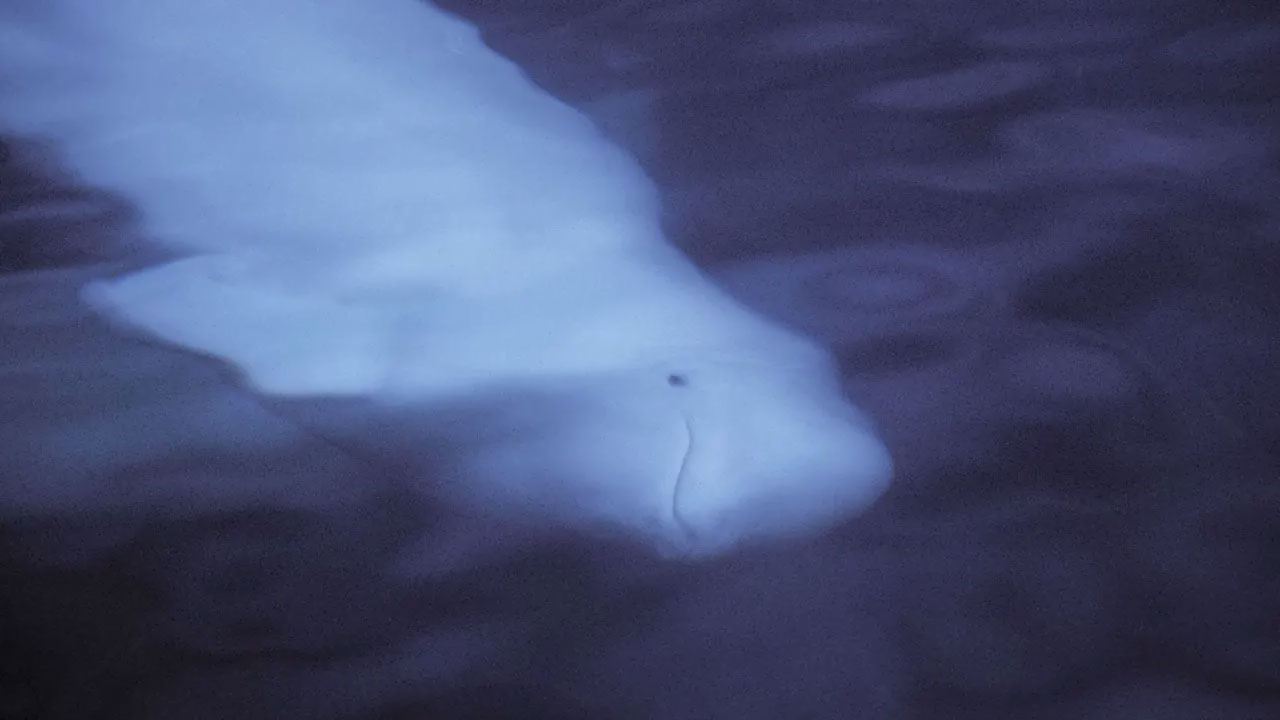In Canada, it is now illegal to disturb marine mammals, and therefore to swim, interact with them or approach them to within 100 to 400 metres depending on the region.
A beluga whale swims in Hudson Bay, in the Canadian province of Manitoba. Canada recently updated its marine mammal regulations, which means that boats can no longer get too close to whales. Photograph by Kike Calvo, Nat Geo Image Collection
Three travellers dressed in neoprene suits lie face down on a foam float attached to a zodiac in Hudson Bay, in the Canadian province of Manitoba. They are pulled by a boat, their faces plunged into the icy water, in the hope of seeing belugas staring at them.
It’s an aquagliding tour with belugas, one of the workarounds the tourism industry has found since Canada began implementing new, stricter regulations to protect marine wildlife in 2018.
The said regulations aim to reduce human interactions with cetaceans, many of which are threatened with extinction due to rising ocean temperatures, food supply shortages and increased shipping traffic. The rules require all boats to keep a safe distance from the mammals. Some activities, including snorkelling with humpback whales, are prohibited.
Most people agree that whales need to be protected, but there is some debate about the extent of the restrictions on whale watching boats, which some companies say are “overly burdensome and even excessive. But Canadian laws have changed, which means that tourists will have to adjust their expectations and attitudes to watch whales without harming them. […]
Read more on: nationalgeographic.com



